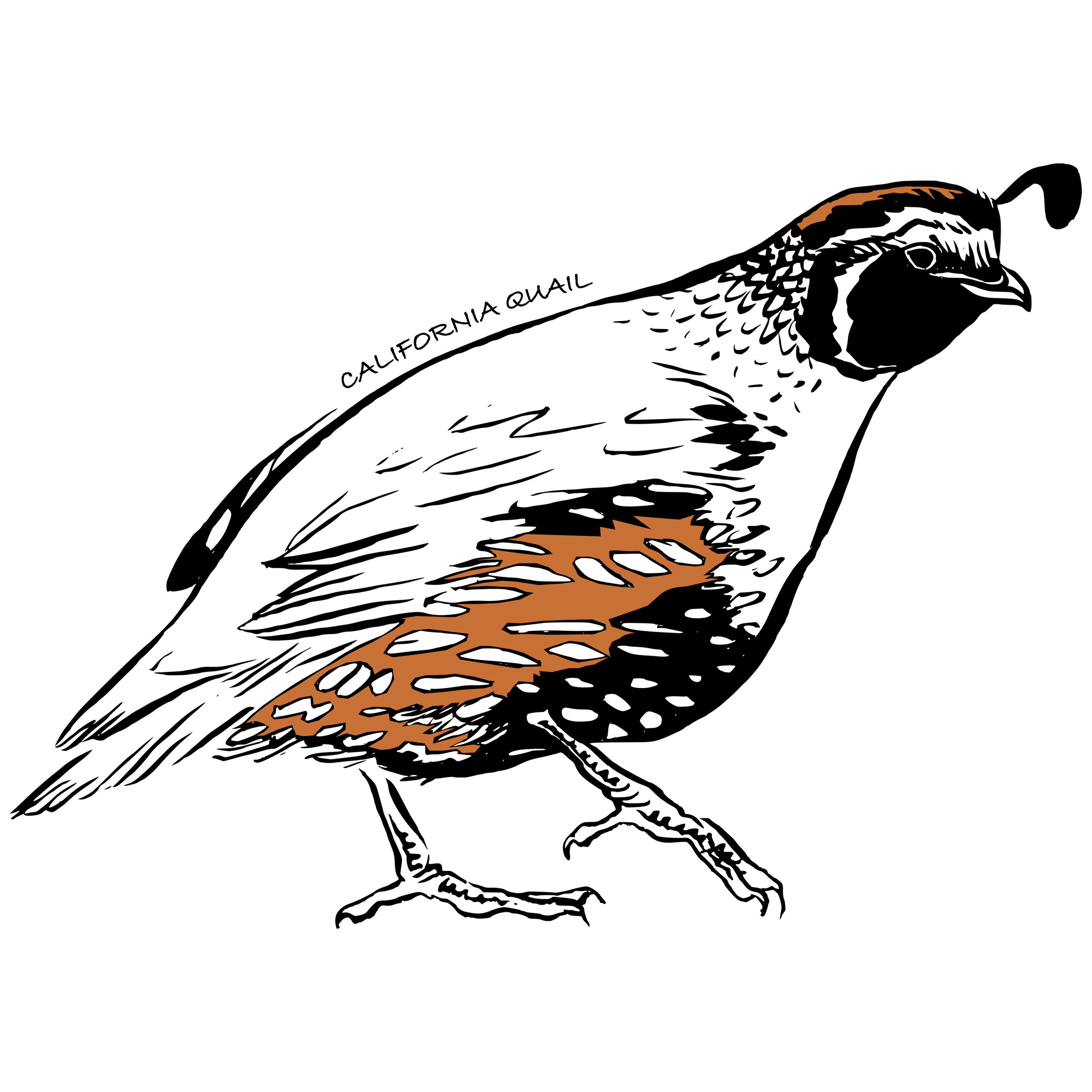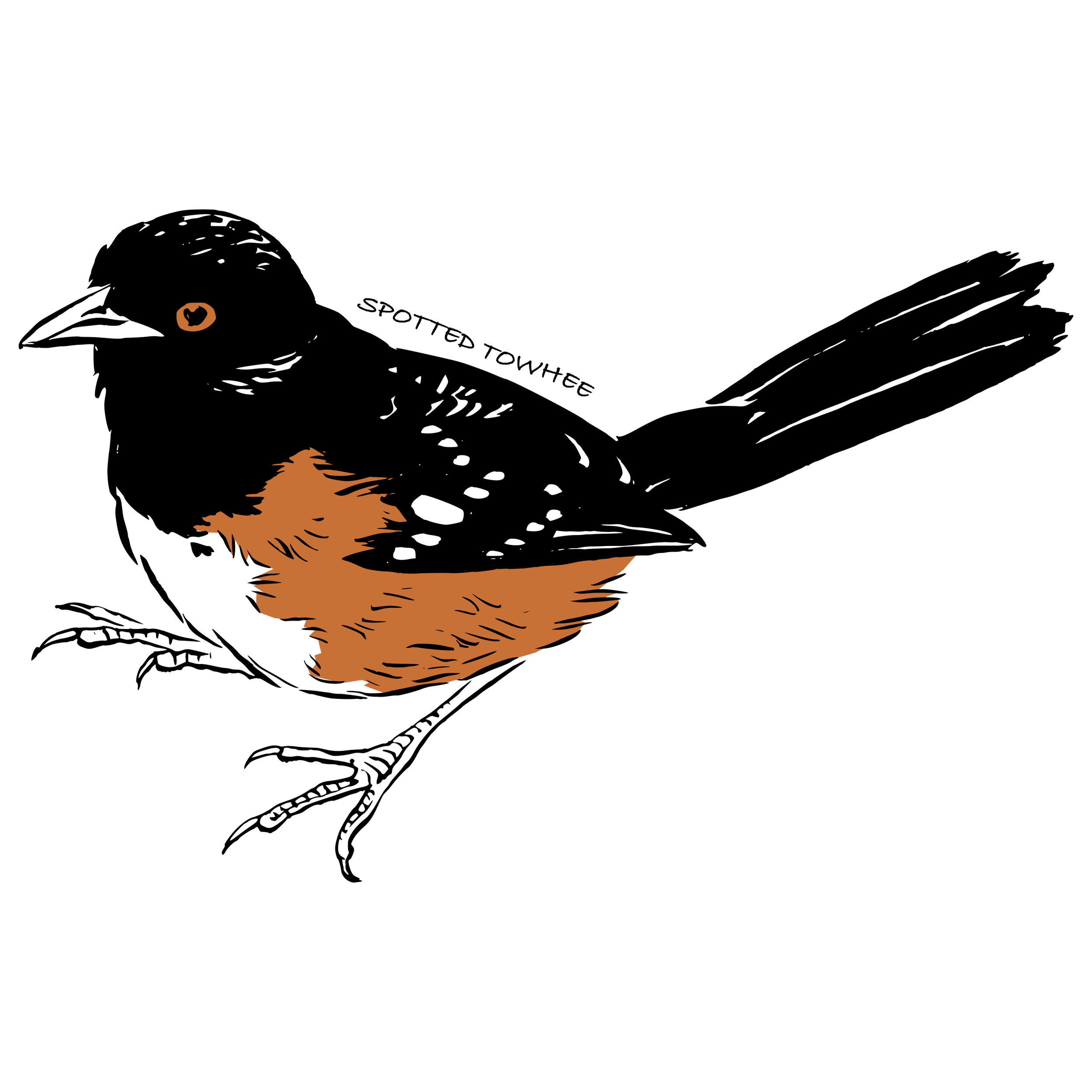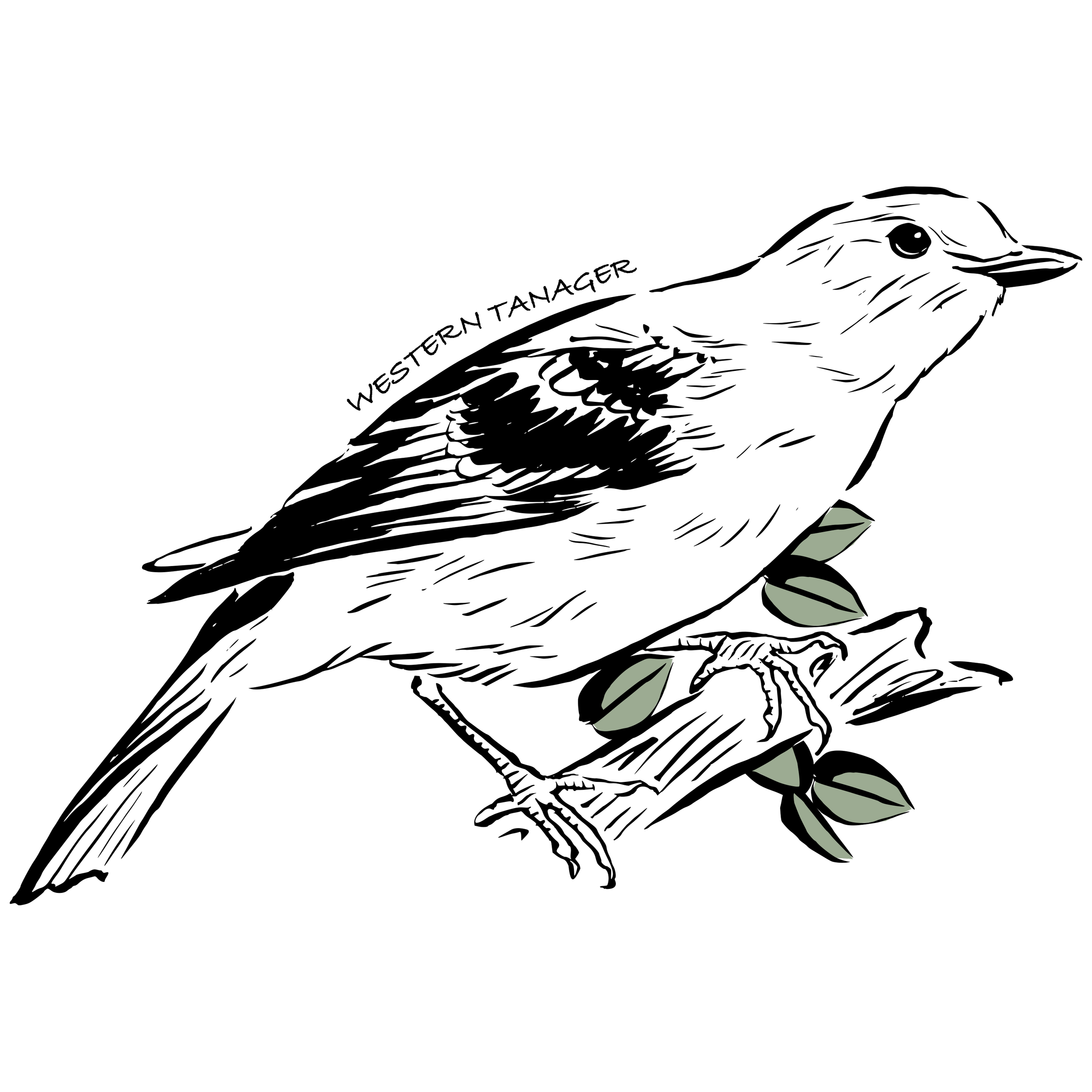Fire Mosaic: Reframing Wildfire in California
Before settlers, indigenous populations managed forest health through ritual burns with an annual average of 3 million acres per year in California alone. Starting with the Spanish Governors in California, European settlement introduced forestry practices that excluded fire from the land. In 1905 the U.S. Forest Service established a nationwide policy of fire suppression. Today, massive fires dominate headlines as climate change compounds the effects of short-sighted forest management, human incursion into the wildland urban interface, and a lack of understanding of the staggering importance of fire for ecological health. The recent phenomenon of Megafires, like the LNU Lightning Complex and the Wragg Fire, ravaged large swaths of land in the Coastal Range in California including University of California’s Stebbins Cold Canyon Natural Reserve.
Illustration of the Wragg Fire from The Cold Canyon Fire Journals.
Motivated by the aftermath of the Wragg Fire in 2015, author and illustrator Robin Lee Carlson, began to document nature’s recovery in Stebbins Cold Canyon. Five years of her drawings and observations have been collected and published by Heyday Books under the title, The Cold Canyon Fire Journals: Green Shoots and Silver Linings in the Ashes in 2022. A biologist by training, who has spent many years focusing on stream restoration projects, Carlson sheds light on the less obvious, less talked about benefits of fire.
“California wildfire is like the head of Ouroboros, the world-eating snake: an essential part of a living cycle.”
In “The Cold Canyon Fire Journals” Carlson illustrates why small, frequent fires in landscapes like Stebbins Cold Canyon are vital to the health of the entire ecosystem. Rather than a Megafire which will reduce vegetation to dust and scorch deep below the surface, small fires burn away a portion of overgrown brush and vegetation, provide new homes for certain species and better hunting grounds for others. A patchwork of fire-touched spaces, some with mature growth and some recently tended by flame makes what Carlson has brought together in the “Fire Mosaic” illustration shown below. Within the Ouroboros, there are four general phases where birds lead the way from charred and blackened landscape to lush and leafy forest:








This illustration was made into a limited production run of bandanas that were gifted to Heyday book club members and is exclusively available for purchase at CalWild.org/FireMosaic for a limited time. Find out more about Carlson and her work at Robinleecarlson.com
“Familiarity tends to breed affection, and when we are attentive and curious, our growing knowledge ties us to the cycles of life in this place.”





